Emperor of the French, 1804-1815.
The most famous figure of Franco-English relations after William the Conqueror is certainly the Emperor Napoleon I. In 1802, France and England signed a peace treaty in Amiens, but from 1803 hostilities resumed and Napoleon envisages the conquest of England. He takes his example from William the Conqueror and has the Bayeux Tapestry brought to the Louvre Museum in Paris where he organises around the character of William, Duke of Normandy, King of England, a propaganda campaign destined to prove that England could once more be invaded. This exhibition plays an important role in the interest that French and English artists and historians, are going to henceforth show in the Bayeux Tapestry.
During the same period, in 1804, the inhabitants of Caen wanted to flatter Napoleon by restoring the ‘Porte Saint-Pierre’ (Door of Saint Peter) of the Château de Caen with a carved decoration representing the great seal of the Empire. But Napoleon did not show the same respect for the Château of William the Conqueror. In 1811 the Emperor was passing through Caen on his journey to supervise the fortifications of the port of Cherbourg. France then underwent the blockade organised by the English navy. However, the Château de Caen, too far from the sea, was no longer considered as a fortress adapted to modern warfare. Napoleon orders its destruction. His decision will not be come to fruition. It is finally decided to keep the fortress, which then rediscovers its role as the place and symbol of military power. In 1812, Caen rioters, rebelling due to the famine, were shot in the moats of the Château de Caen.
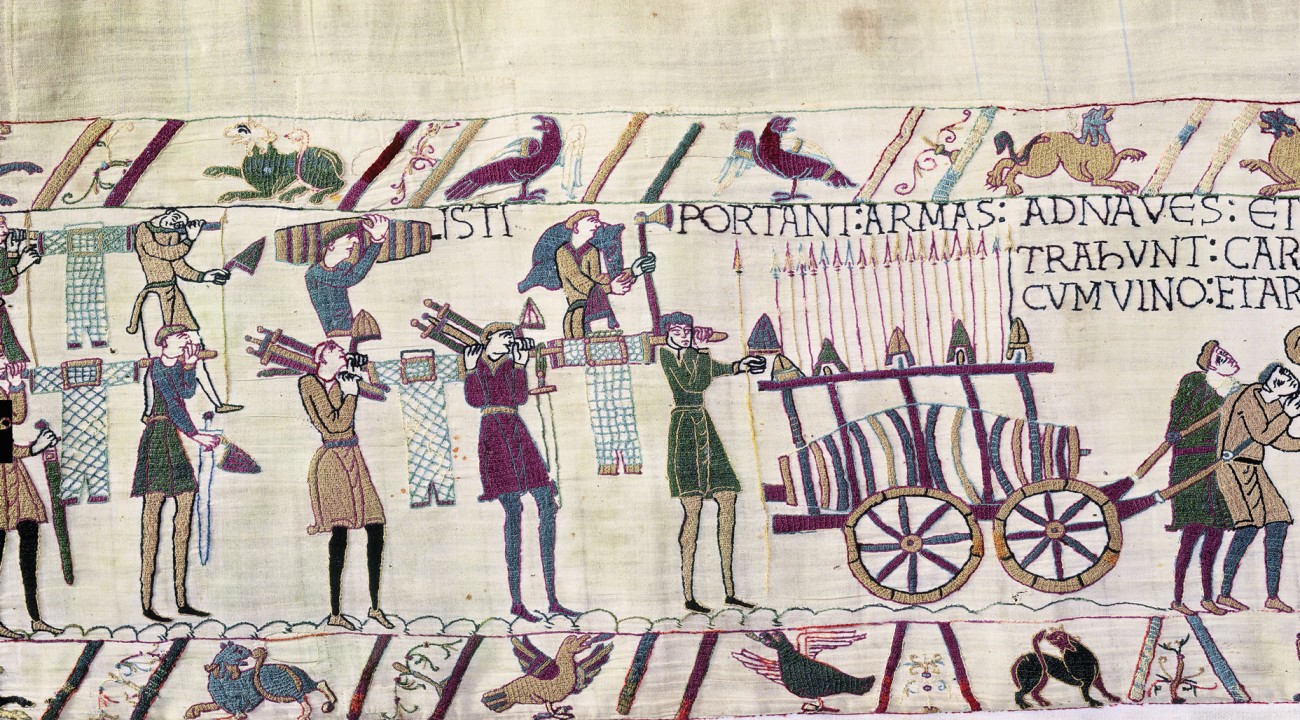
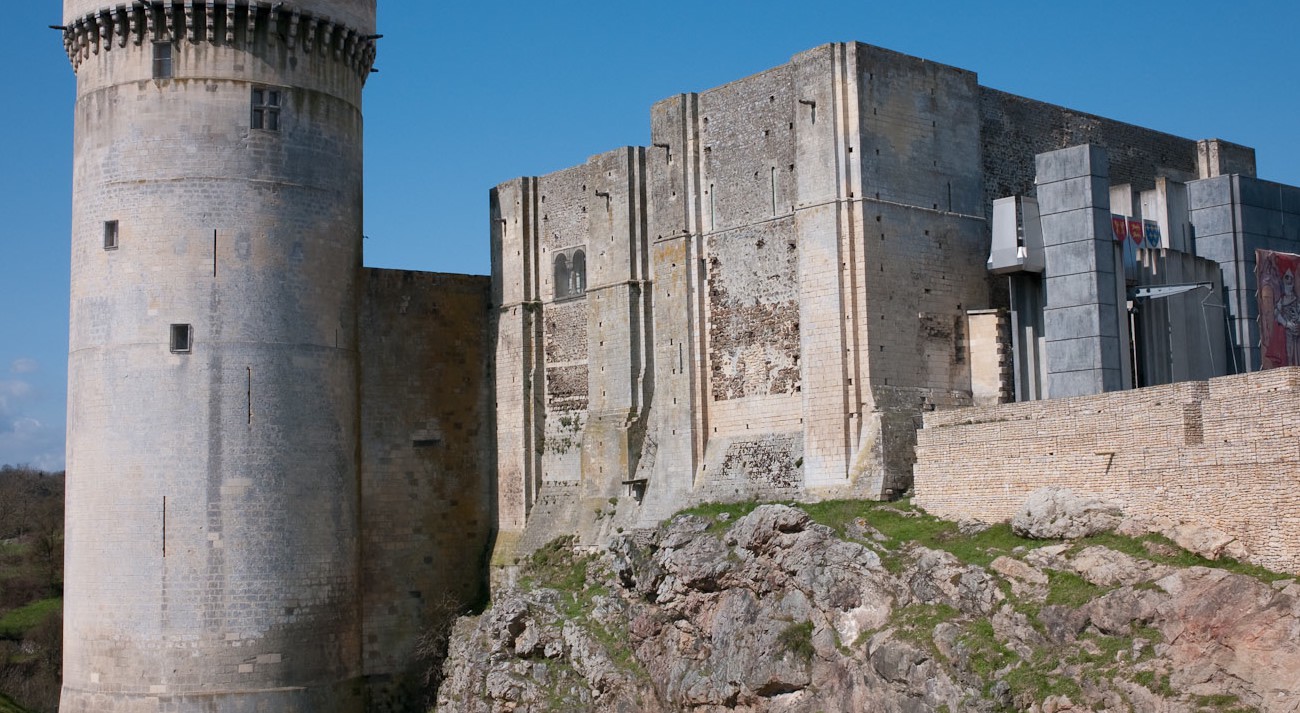
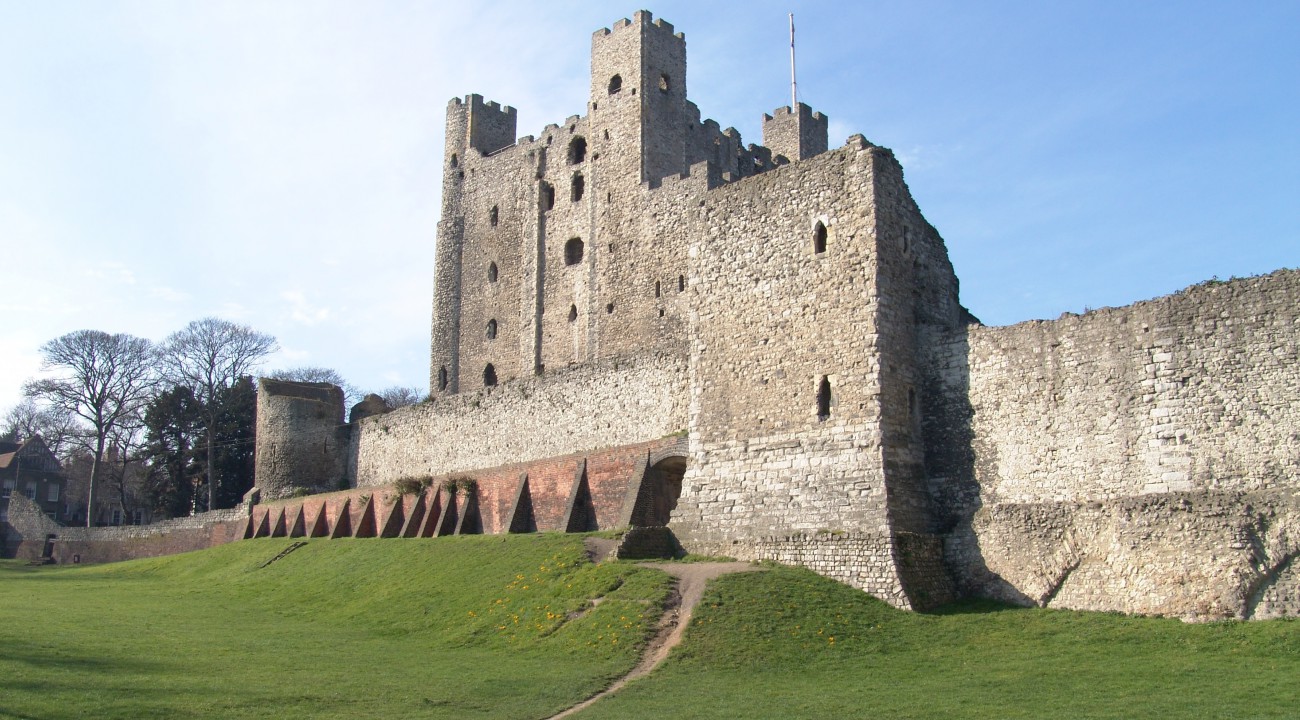
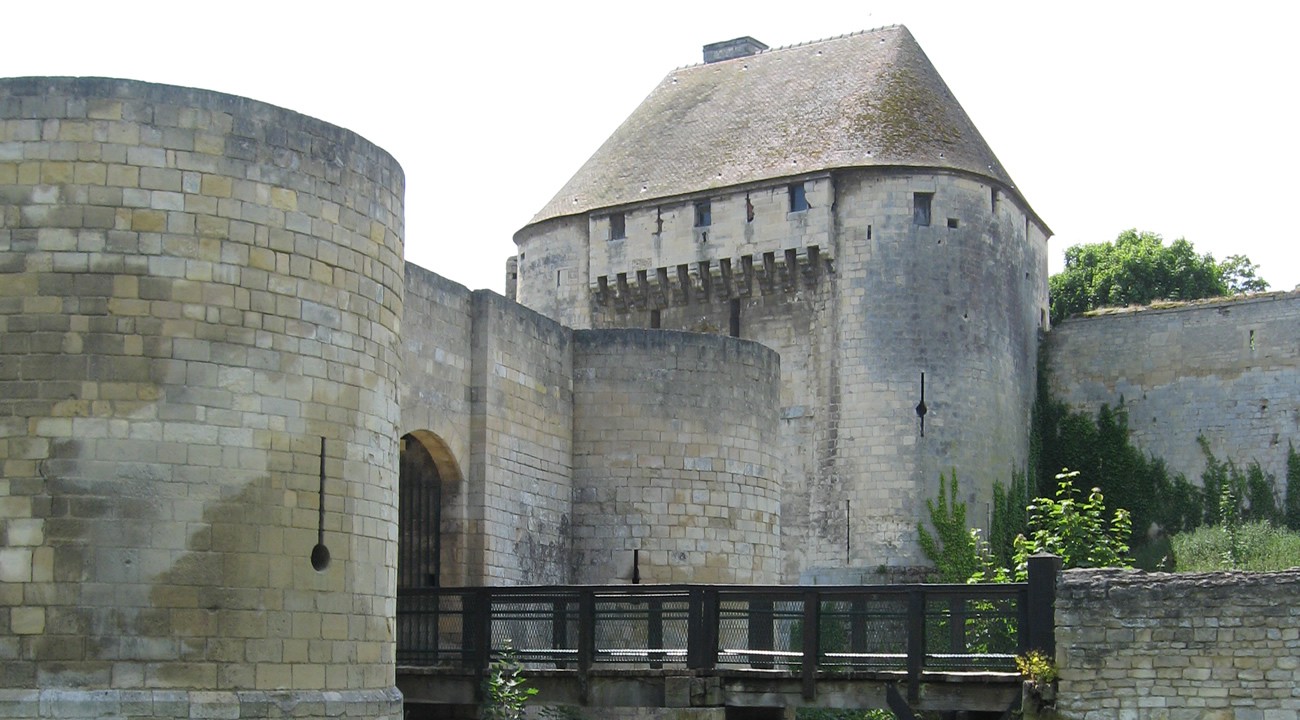
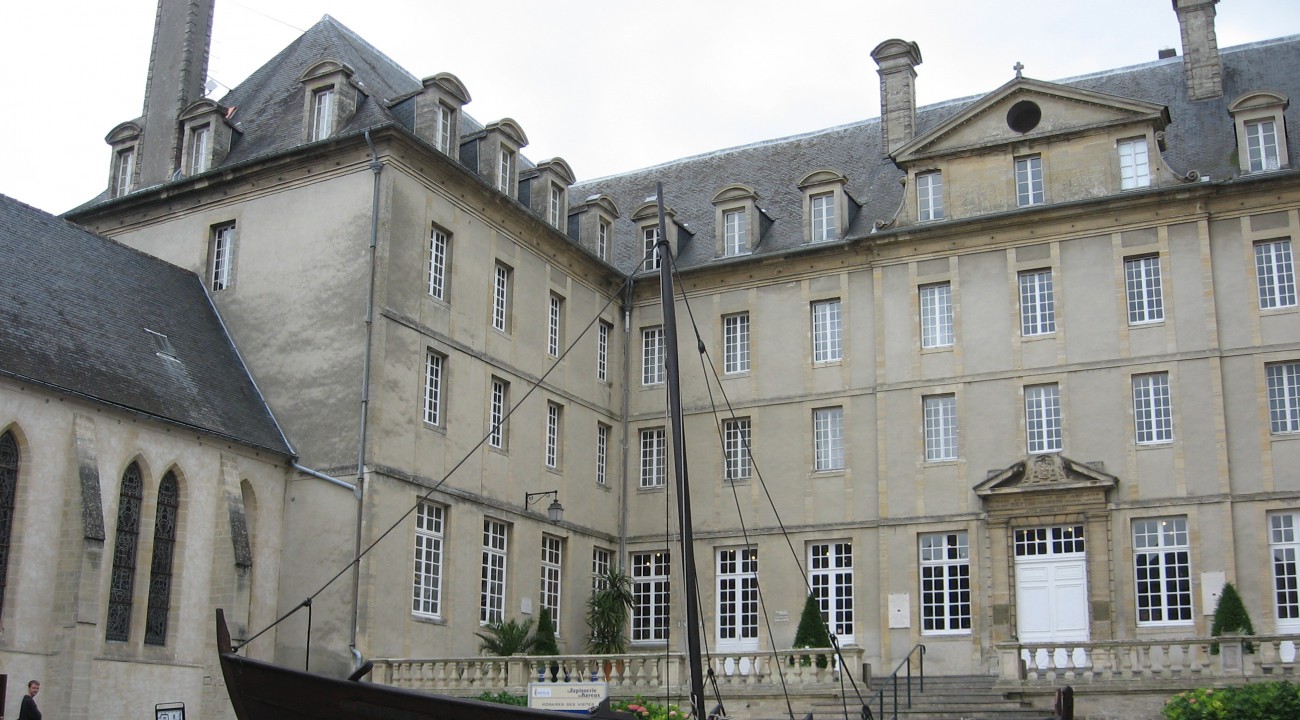
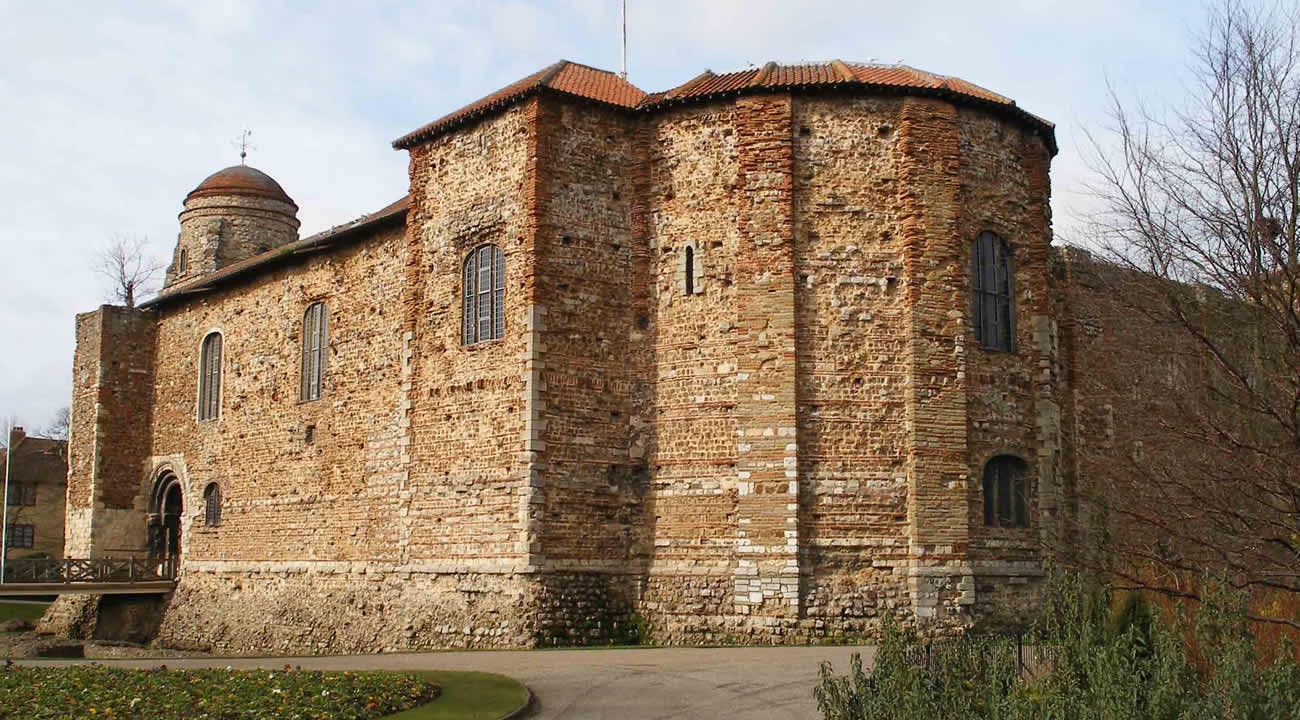
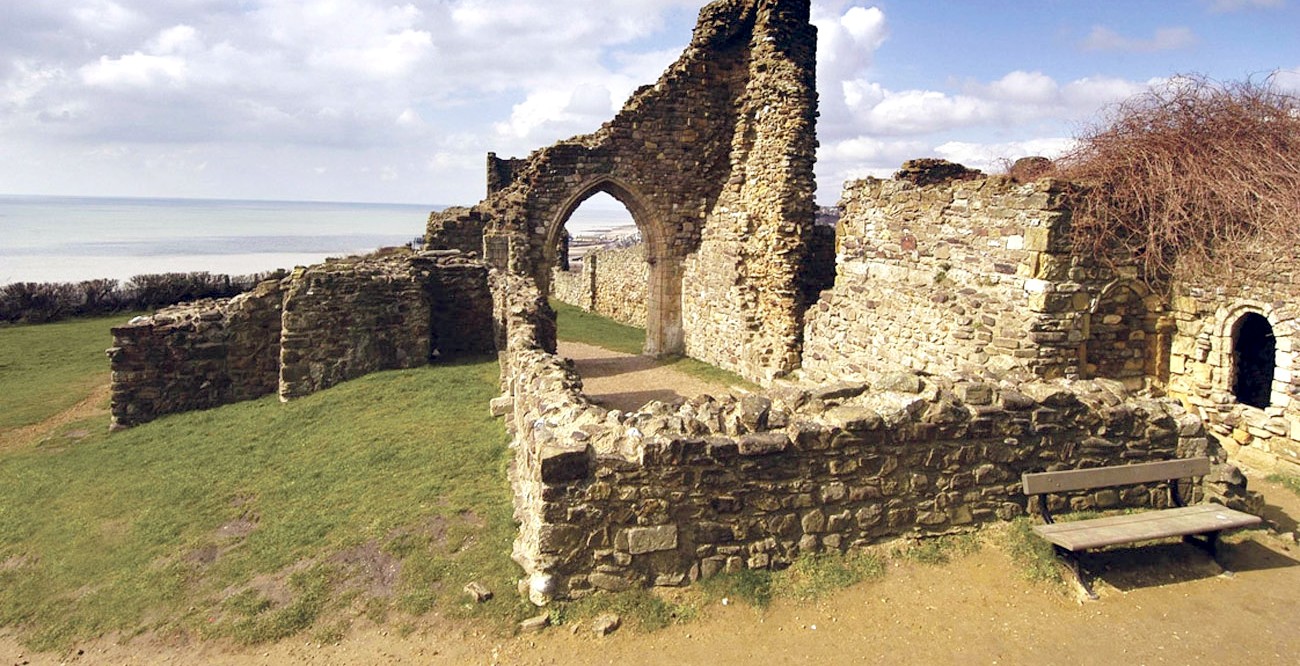
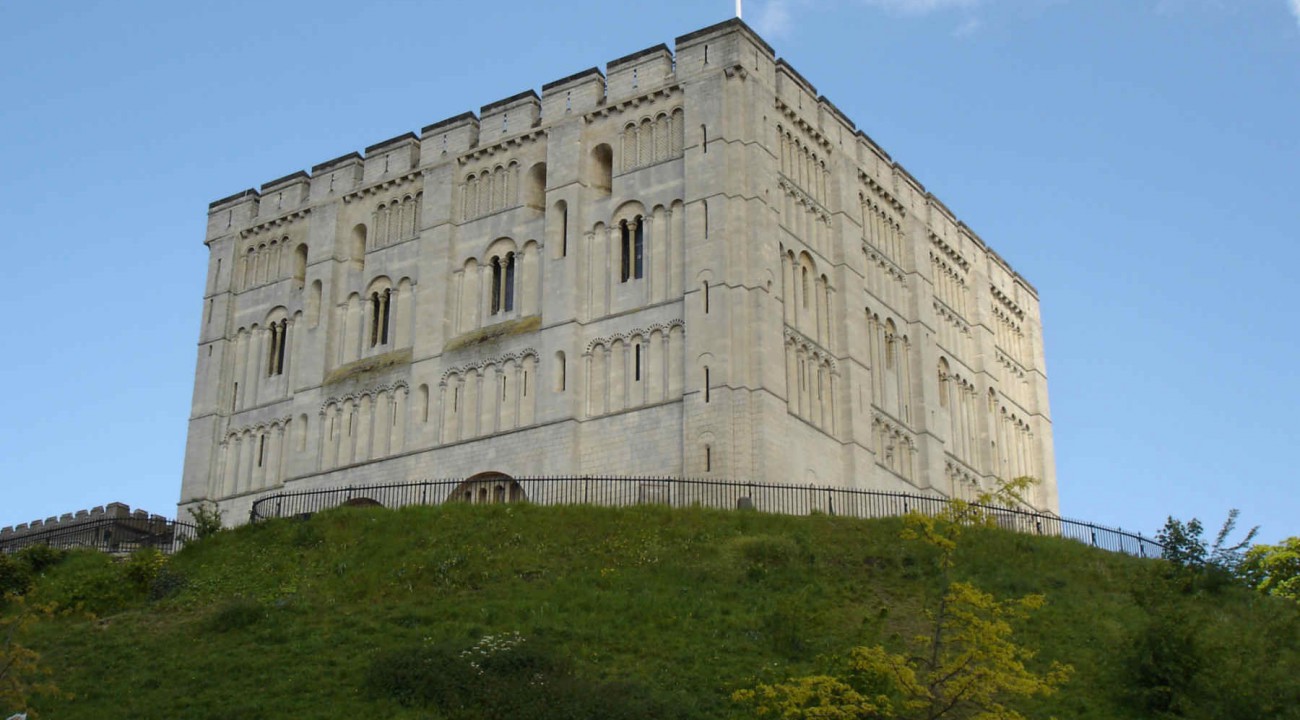
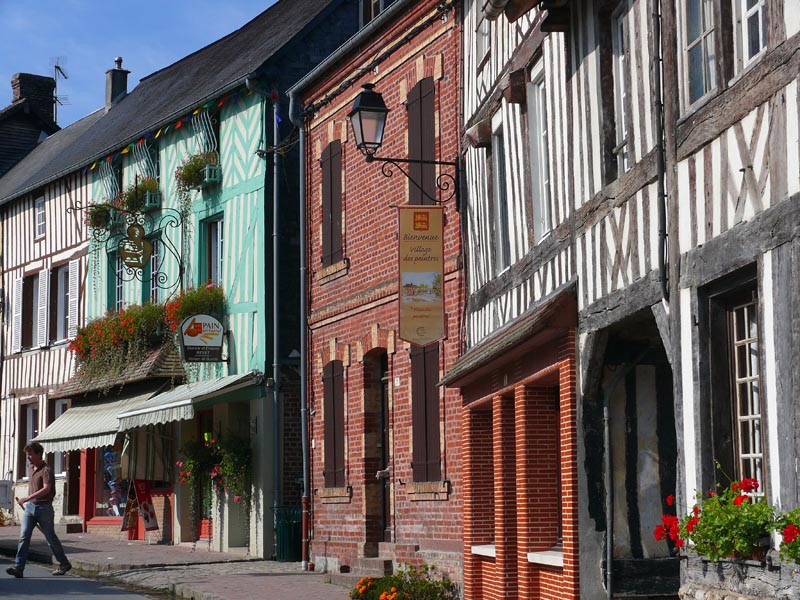
Napoléon Bonaparte
European Regional Development Fund
The European Union, investing in your future
 Fonds Européen De Développement Régional
Fonds Européen De Développement Régional
L’Union Européenne investit dans votre avenir
The European Union, investing in your future

 Fonds Européen De Développement Régional
Fonds Européen De Développement RégionalL’Union Européenne investit dans votre avenir
The Norman Connections project was selected under the European Cross-border Cooperation Programme
INTERREG IV A France (Channel) – England, co-funded by the ERDF.
INTERREG IV A France (Channel) – England, co-funded by the ERDF.


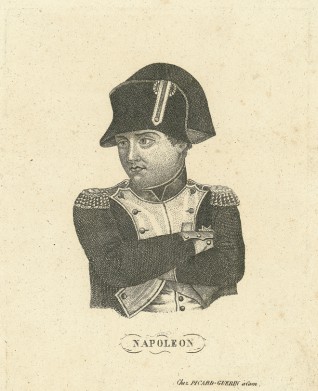
 Email a friend
Email a friend  Print this page
Print this page 